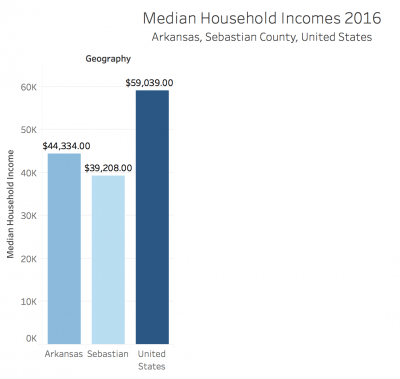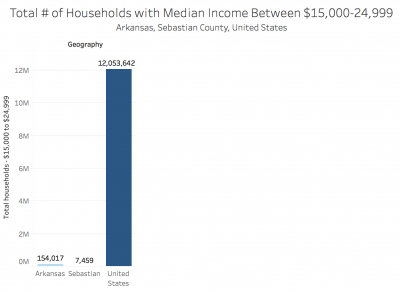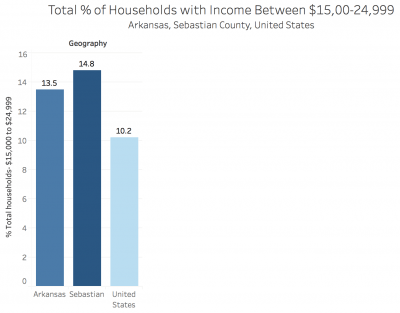- On the APM “about us” webpage, your mission statement says that you “believe our Arkansas members want and deserve better journalism.” What is it about APM that you believe accomplishes that and sets it apart from existing media, and how can we as students work toward that quality? How do you “compete” with long-running local papers such as the Democrat-Gazette, which has such a larger staff/managing team?
- The first line of the chapter talks about race, which I think if approached correctly can offer up important information from the individual I am interviewing. NWA is a predominately white community, and I don’t want to assume that the majority of individuals I will talk to will be a certain ethnicity, but depending on their race, I plan to ask them about the other demographical trends they see in their workplace, or if it has affected where they’ve been hired and the opportunities they’ve been given.
- One line that stuck out to me specifically was “These days, he zips down for a Marlboro Light twice in the morning, at lunch, and twice in the afternoon. Sure, he feels winded when he climbs stairs. But it’s not as if he was planning on running a marathon.” It gives the reader a sense of how he feels after smoking and the extent to the toll it is taking on his body, even if the reader themselves have never smoked. The other paragraph beginning with “So they stand in ever-shrinking clusters all over New York, their turf continually circumscribed, or so it seems..” and ending in “…they crowd under a tiny overhang near the loggia and hope the security guard won’t shoo them away like loiterers at a convenience store,” sets the scene for the reader. They can see the groups of smokers even though they’re not actually there, and the scene is relatable and can be compared to local areas in their own towns.



5. Magaly Licolli, Poulty Factory Worker, Tyson
Katie – This is a great question for Ampezzan: “What is it about APM that you believe accomplishes that and sets it apart from existing media, and how can we as students work toward that quality?”
Yes, we will be exploring the parallel tracks of race and poverty in the class.
Nice observations on the NY times story. You captured some excellent and memorable details.
The charts look great. The second chart with overall population would not be suitable for publication but it does make the point about the small size of the Arkansas populations.
Good call on Magaly Licolli, Poulty Factory Worker, Tyson. I have reached out to her as well. Interested to hear how your contacts go with her.
A terrific post. This detail will help you going forward with the rest of the assignments.